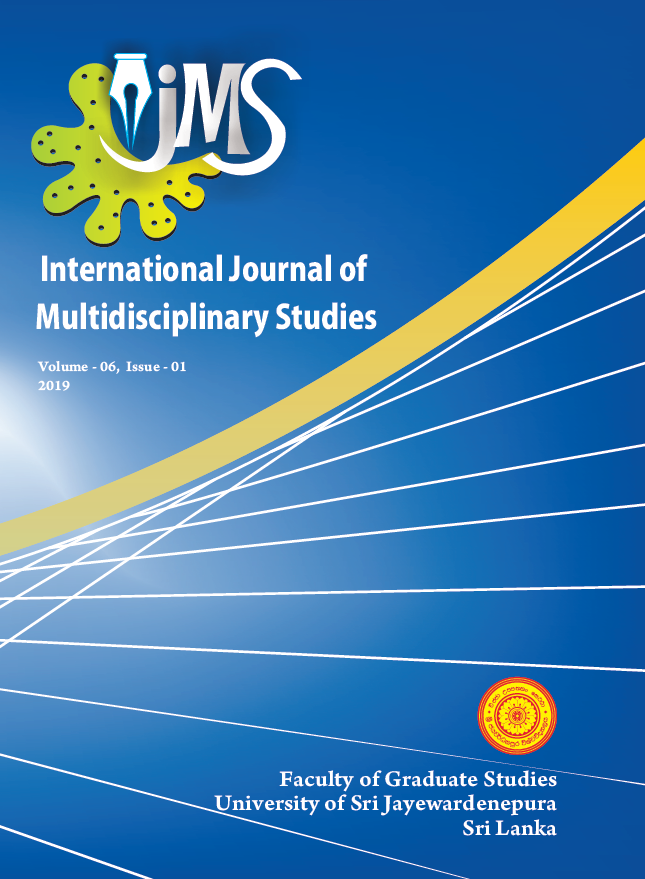Numerical Investigation of the Best Efficient Tandem Solar Cell Structures Using the Base Cell Models of MZO/CdTe and CdS/CIGS Cell Structures
DOI:
https://doi.org/10.31357/ijms.v6i1.3961Abstract
Tandem solar cells have been researched to enhance the performance of the second generation (II-VI) thin-film solar cells. In this study, we have developed an efficient tandem solar cell model by optimizing the thickness of the (II-VI) layers and by introducing Mg doped ZnO as the window material for the top cell. The tandem solar cell model consists of a top cell, n-MZO/p-CdTe and a bottom cell, n-CdS/p-Cu(In, Ga)Se2 (CIGS). The parameters of the computational model, such as thicknesses of n-CdS, p-CIGS. p-CdTe has been varied to improve the efficiency of the tandem solar cell and compared with the previous researched single junction thin-film solar cells. All the numerical experiments were conducted under one sun illumination condition with AM 1.5 G solar spectrum by using the Analysis of Microelectronic and Photonic Structures simulation software (AMPS-1D) and Solar Cell Capacitance Simulator (SCAPS 1-D) software. The observed open circuit voltage was 1.413 V and the efficiency wa sincreased to 28.84% and this is a huge improvement compared to the reported recorded best research cell values of 0.8 V and 24.2% respectively for single junction solar cell.
KEYWORDS : AMPS-1D, SCAPS-1D, Tandem solar cell, II-VI photovoltaics, AM1.5G, Thin-film PV

